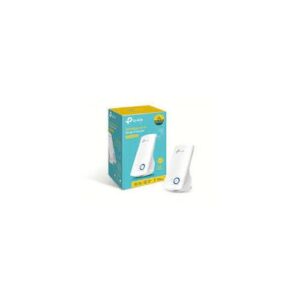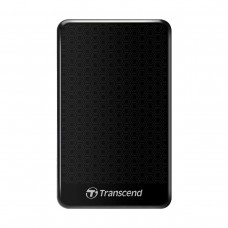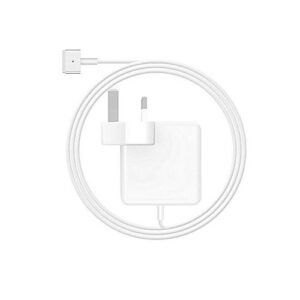Description
Got it — here’s a clear, ready-to-use spec sheet and product summary for Matstar 4.0 mm² (with earth) based on standard industry practice for 4.0 mm² copper building cables. I tried to look up an official Matstar datasheet but couldn’t find a reliable online source right away — if you want I can run a deeper live search for an exact Matstar datasheet or local Kenyan distributors. For now, below is a practical, accurate product description you can use for listings, quoting, or installation guidance.
Matstar 4.0 mm² (with earth) — Product Details
Product name: Matstar 4.0 mm², copper conductor, with earth
Typical construction
-
Conductor: Plain annealed copper, solid or stranded (stranded for flexible cable variants)
-
Cross-sectional area: 4.0 mm² per conductor
-
Configuration (common): 3 core + earth (3C + E) for 3-phase or 2+E / 1+E variants for single-phase uses — confirm the exact core-count you need when ordering
-
Insulation: PVC (Polyvinyl chloride) or XLPE depending on variant
-
Sheath: PVC outer sheath (sometimes labelled PVC/PVC) — suitable for fixed wiring in buildings
-
Voltage rating: Common building-wire ratings are 300/500 V (some fixed wiring & single-phase) or 450/750 V for certain multicore/industrial variants — check the exact product datasheet
-
Colour: Phase cores usually brown/black/grey or red/yellow/blue depending on region; earth is green/yellow (green with yellow stripe)
Electrical properties & practical ratings (typical)
-
Typical recommended MCB size: 32 A MCB is commonly used with 4.0 mm² in many domestic radial/socket circuits (confirm with local wiring regs and installation method).
-
Typical continuous current-carrying capacity: ~30–40 A depending on installation method, grouping, ambient temperature and whether cable is clipped, in conduit, buried etc. (final selection must use local wiring regulations / cable tables).
-
Short-circuit / fault calculations: use actual system parameters and datasheet values (impedance, R @20°C) — ask your electrical engineer for final protective device selection.
Mechanical & environmental
-
Operating temperature: commonly −5°C to +70°C (check product datasheet for exact limits)
-
Flame retardant / low-smoke options: available in some product lines (specify if required for buildings/public places)
-
Bending radius: follow manufacturer recommendations (usually several times conductor diameter)
Applications
-
Radial or ring circuits to socket outlets (where permitted)
-
Small motor supply and sub-distribution in buildings
-
Lighting circuits (depending on load and regulations)
-
Domestic and light-commercial fixed wiring
Standards & certification (what to ask supplier for)
-
Ask for certificate of conformity to recognized standards (e.g., IEC, BS, or local standards), test reports, and RoHS/CE/ISO marks where applicable. Also ask for conductor resistance and insulation test values on the datasheet.
Installation notes / best practice
-
Confirm whether cable is solid or stranded — stranded is easier to terminate on terminals and breakers.
-
Use the correct sized ferrules or lugs and tighten to manufacturer torque.
-
Use the correct MCB/MCB curve and earth-fault protection matched to cable rating.
-
Avoid grouping cables without de-rating; always consult cable de-rating tables.
-
If feeding heaters/cookers or long runs, check voltage drop and consider upsizing if needed.
Packaging & lengths
-
Supplied on drums or coils (e.g., 100 m, 200 m rolls) — confirm with supplier.
If you’d like I can next:
-
(A) Look up the official Matstar 4.0 mm² datasheet and Kenyan distributors and pull exact figures (voltage rating, conductor resistance, exact current tables) — I can search online for that.
-
(B) Produce a short 60-character SEO title + 160-character meta description for a product page listing.
-
(C) Create a product listing template (short spec table + features + installation notes) you can paste into your site.









There are no reviews yet.